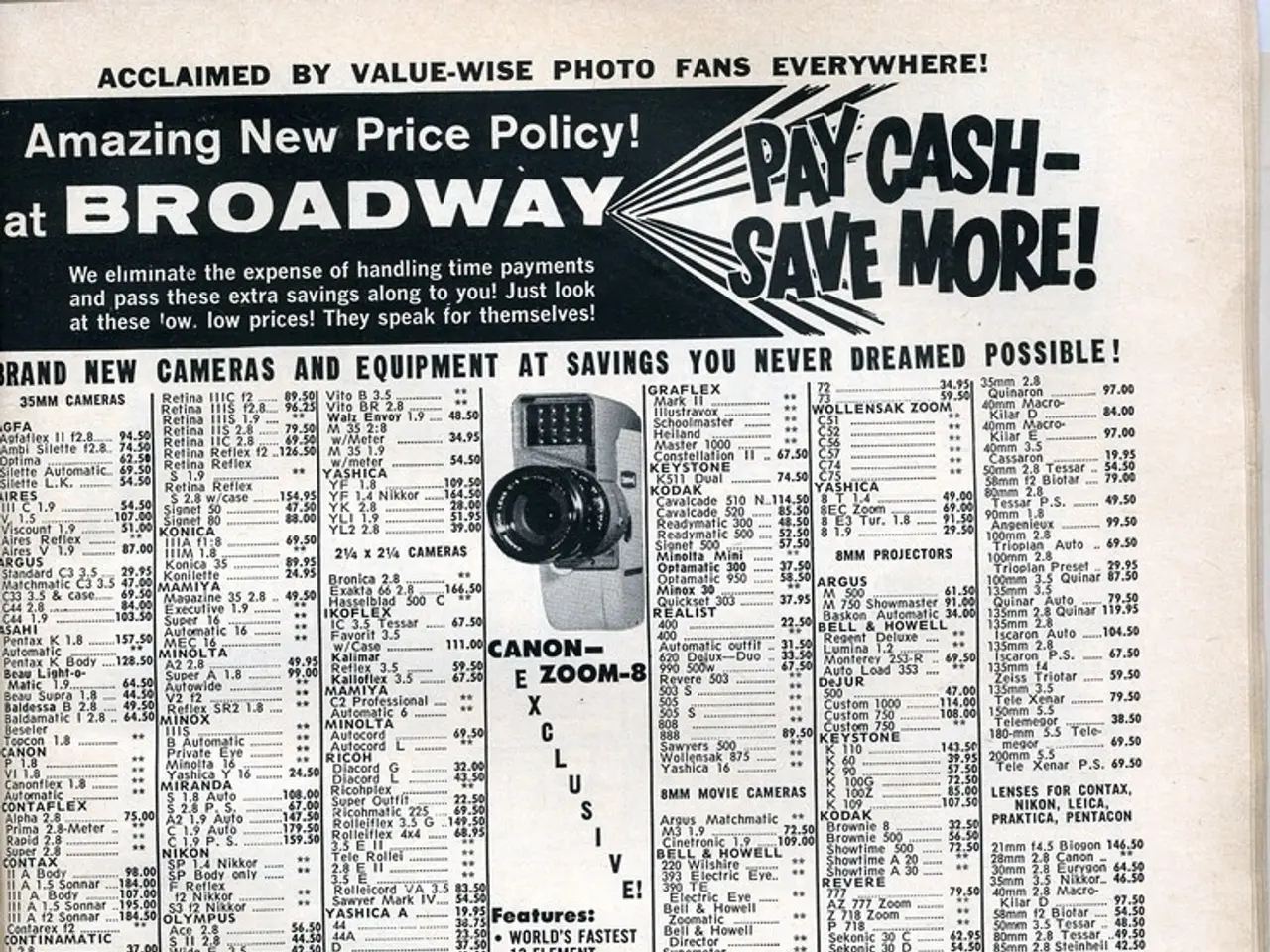Analyzing Symbolic Messages in Commercials: An Insight into English Cultural Interpretations
In the dynamic world of advertising, the use of metaphors and analogies serves as a powerful tool to create associations between products and desirable qualities or experiences. However, the effectiveness of these symbolic tools heavily depends on cultural backdrops and collective experiences.
Advertisers who understand cultural symbols can forge meaningful connections with diverse audiences, enhancing emotional connections between the product and the consumer. This approach, often referred to as local cultural intelligence, has proven to be a key strategy in multilingual and multicultural campaigns.
One of the primary benefits of this approach is the localization of content while maintaining global brand consistency. Advertisers remix campaigns with regional cultural elements, such as dialects, traditional symbols, and local narratives, without compromising brand integrity. For instance, a tech brand in the UAE saw a 75% higher click-through rate by integrating local dialect and cultural symbols authentically during a national day campaign.
Incorporating culturally meaningful symbols and storytelling is another effective strategy. Using symbols that hold specific cultural value strengthens memorability and emotional trust. For example, Chinese ads often employ animals like pandas or natural motifs (bamboo, lotus) symbolizing purity or national pride, while English ads might use lions or eagles to symbolize strength and freedom.
The communication style and tone also vary by culture. Direct calls to action work well in the US/UK but may seem pushy in Japan or parts of Europe, where messaging emphasizing trust and quality performs better. Visuals and testimonials are also localized to align with local norms.
Authentic language and storytelling are crucial for multicultural campaigns. They incorporate local languages, idioms, and cultural references genuinely, avoiding stereotypes or superficial treatment. This authenticity ensures campaigns resonate deeply with audiences' values and daily experiences.
Misalignment between a celebrity and brand values can result in ineffective or detrimental associations. Therefore, the choice of a celebrity for endorsement must align with the brand values and cultural expectations of the target audience. On the other hand, celebrity endorsements can symbolize success, charisma, and appeal, significantly enhancing brand image and consumer trust.
However, misuse or misinterpretation of cultural symbols can create dissonance or offend the target audience. Understanding cultural symbols and their meanings is essential for the psychological impact of advertising. Color perception varies widely across cultures, and understanding these differences is crucial for the psychological impact of advertising.
In conclusion, successful multicultural advertising balances global brand standards with nuanced localization—melding universal themes with culturally specific symbols, languages, and storytelling to build meaningful and lasting consumer relationships across diverse markets. This approach not only increases engagement and sales but also sustains brand loyalty long-term. Cultivating a robust understanding of cultural symbols is essential for an advertising strategy that not only sells but also stays relevant in the rapidly changing and diverse commercial landscape.
[1] Source: [Multicultural Marketing: The Key to Success in a Diverse World](https://www.forbes.com/sites/forbesagencycouncil/2019/03/12/multicultural-marketing-the-key-to-success-in-a-diverse-world/?sh=7196b0d66b71) [2] Source: [The Power of Authenticity in Multicultural Marketing](https://www.entrepreneur.com/article/333823) [3] Source: [The Importance of Cultural Intelligence in Marketing](https://www.entrepreneur.com/article/328084) [4] Source: [The Role of Cultural Symbols in Advertising](https://www.researchgate.net/publication/326437296_The_Role_of_Cultural_Symbols_in_Advertising) [5] Source: [The Impact of Cultural Differences on Advertising](https://www.investopedia.com/terms/c/cultural-differences-advertising.asp)
- Advertisers leveraging local cultural intelligence can effectively resonate with diverse audiences, as they incorporate culturally relevant elements such as fashion-and-beauty trends, regional food-and-drink preferences, and lifestyle values into their marketing campaigns.
- By authentically integrating symbols that hold specific cultural value, advertisers can strengthen relationships with consumers, as they create emotional connections that reinforce trust and memorability, reminiscent of education-and-self-development.
- Successful travel advertising often draws upon cultural symbols and narratives to evoke a sense of wanderlust and adventure; understanding the significance of these symbols ensures the campaigns resonate with consumers' dreams and aspirations while fostering long-term brand loyalty.




